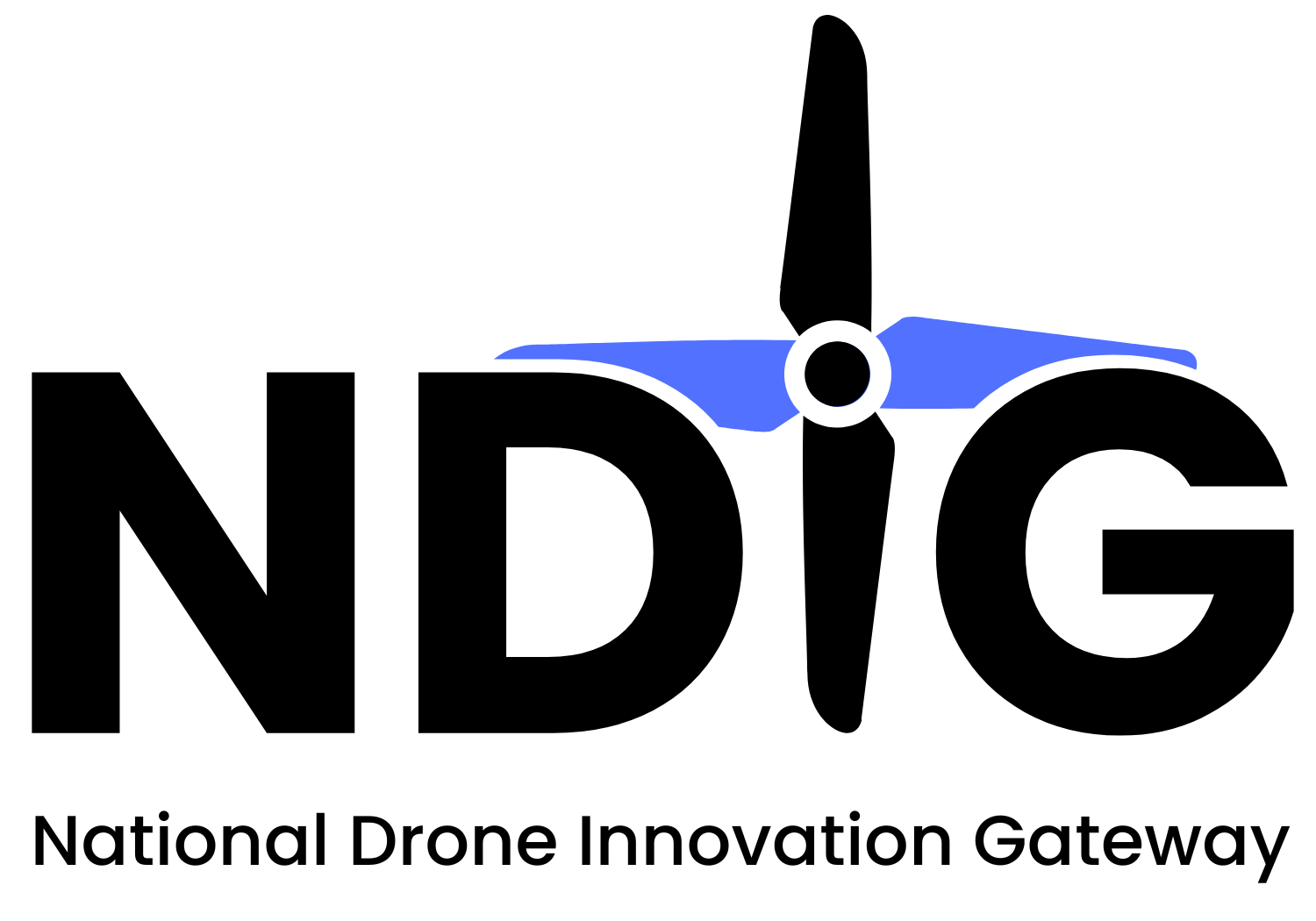Blueprint for the Future: "Drone Zones" Set to Revolutionise UK Airspace by 2024
© image courtesy of Sky-Drones
In a major step towards realising the multi-billion-pound potential of drone technology in the UK, Project BLUEPRINT, a consortium of UK innovators, has unveiled its ambitious plans to integrate drones and crewed aircraft into the same airspace. This move will help propel the UK towards a net-zero economy while saving lives and improving logistics.
Drones have long faced challenges in terms of safety, privacy, and security concerns, resulting in regulators being risk averse in approving their widespread use. However, the UK's aviation regulator, the Civil Aviation Authority (CAA), has been instrumental in bringing drone technology closer to becoming a reality with the introduction of temporary reserved areas (TRAs), or "Drone Zones."
© image courtesy of Neuron Innovations
Project BLUEPRINT is aligned with the goals of the Future of Flight Industry Group and funded by the UK Research & Innovation's (UKRI's) Future Flight Challenge, a £300 million program aimed at boosting innovations in the UK aviation sector. The consortium consists of over 10 partner companies, including two leading aerospace universities (Cranfield and Southampton), two UAS traffic management providers (ANRA Technologies and Dronecloud), Cranfield Airport, two avionics and platform manufacturers (Distributed Avionics and Sky-Drones), a drone operator (Future Aerial Innovations), and Ebeni, one of the UK's leading aviation safety consultancies.
Project trials are set to demonstrate how drones and crewed aircraft can safely operate in the same airspace without requiring a drone pilot to spot aircraft. James Dunthorne, project lead and CEO of Neuron Innovations, a low-altitude aircraft tracking company, said, "We are excited to share our consortium plans and strategy with all industry so that these new policy concepts can help us all to prove drones and aircraft can co-exist in the same airspace without adding safety risks."
Traditionally, drones have been restricted to flying in closed-off or 'segregated' volumes of airspace to ensure the safety of other airspace users. However, the new policy concept introduced by the CAA and realised through project BLUEPRINT aims to develop a roadmap for areas of airspace where drones and aircraft can safely share the skies, paving the way for widespread commercial adoption and exploitation.
During a recent event at the Digital Aviation Research and Technology Centre (DARTeC) at Cranfield University, partner companies highlighted the importance of industry collaboration in fostering the right conditions for innovation. They also showcased live flight demonstrations, providing a glimpse into how the technology will be developed further during the remainder of the project.
The successful implementation of this project will not only enable the UK to roll out commercial drone use cases at scale but also serve as a model for other countries to follow, further solidifying the UK's position as a leader in regulatory innovation and aviation.
“With the launch of this new policy concept, the CAA is developing its understanding of shared airspace. By working with industry to ensure a safe and scalable approach, it can put the UK in a leading position to be a world leader in drone technology. Projects such as BLUEPRINT offer a way to gather the evidence needed to do this.”
By 2024, the consortium aims to have the results in place and anticipates a broader showcase on the rollout of technology and open collaboration, which can support the expansion of "Drone Zones" and ultimately lead to a situation where shared airspace becomes business as usual across the United Kingdom.
The success of Project BLUEPRINT is expected to have a significant impact on various industries, from healthcare and emergency services to logistics and environmental monitoring. As the UK takes the lead in integrating drone technology into everyday life, the rest of the world will be looking closely at this groundbreaking project for guidance on how to adapt and implement similar systems in their own countries.
© image courtesy of Neuron Innovations
The trials conducted by the consortium will provide valuable insights and data to help regulators and industry stakeholders refine their approach to drone integration. As new technologies and processes are tested and perfected, the UK will be well-positioned to reap the benefits of a thriving drone economy that drives innovation, creates jobs, and contributes to a more sustainable future. The BLUEPRINT partners have stated their aim to 'open-source' the concept of operation report so that others can learn from and contribute. It believes that collaboration is essential to make progress, and by sharing information, industry can roll out the plans faster, more safely, and more effectively.
Project BLUEPRINT is poised to transform the UK's airspace and revolutionise the way drones are integrated into daily life. By 2024, the UK is expected to witness the widespread national rollout of drone zones, making it an integral part of various industries and applications. The project's success will serve as a blueprint for other countries to follow and strengthen the UK's position as a global leader in aviation and regulatory innovation.



